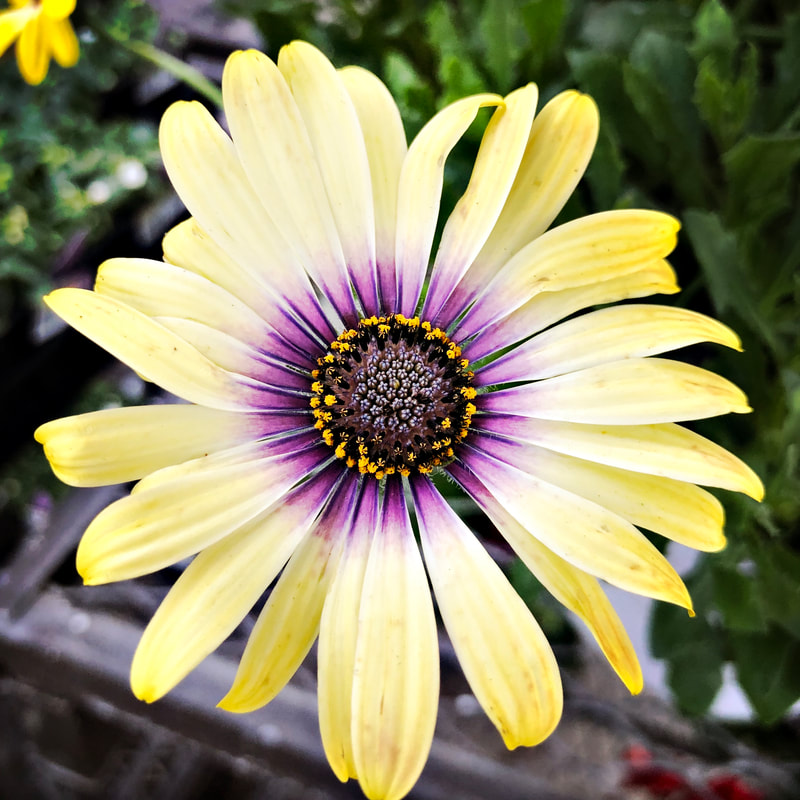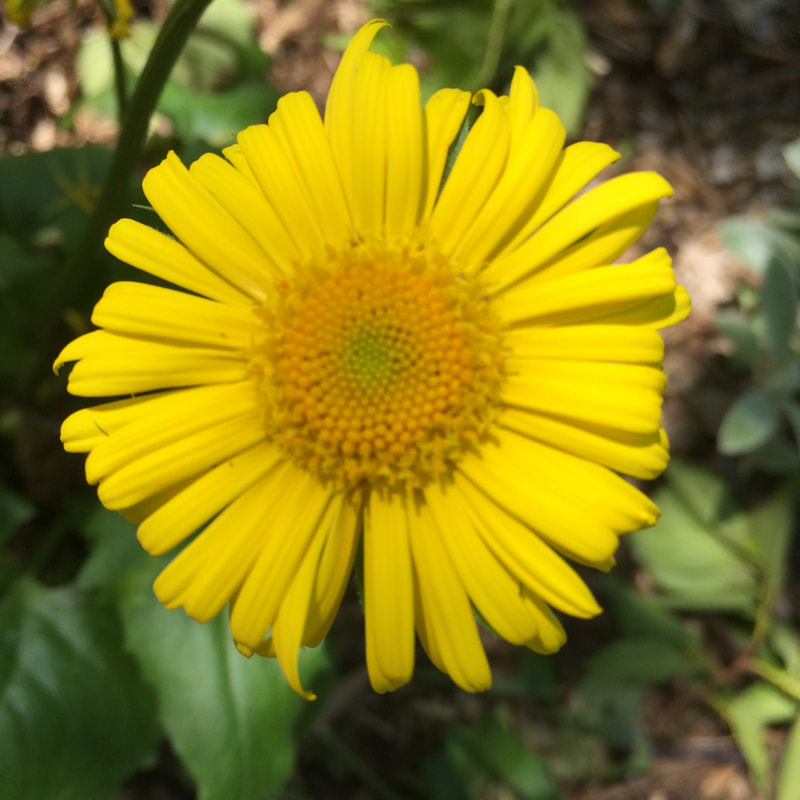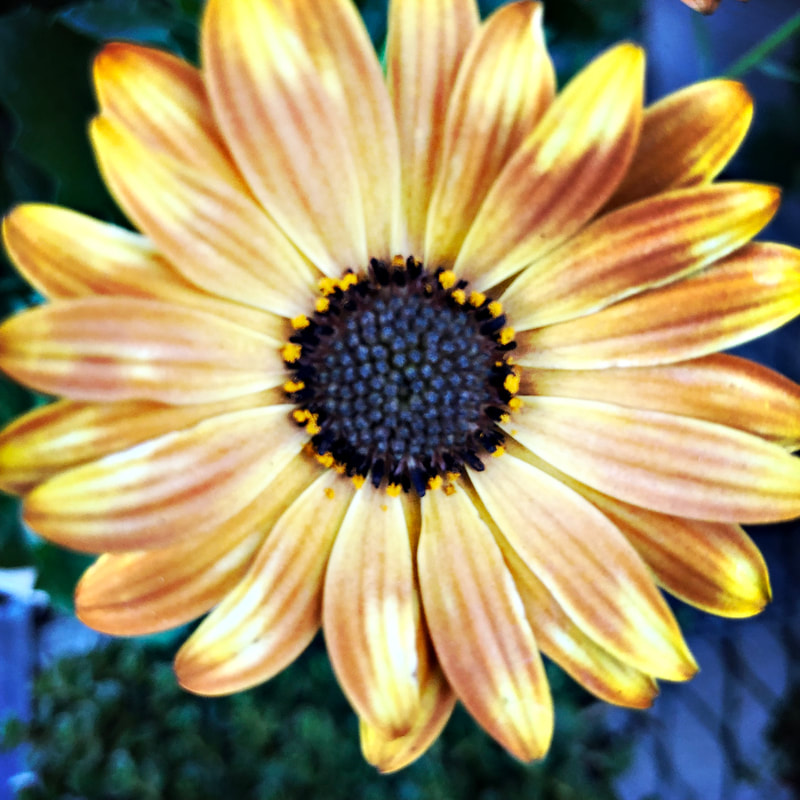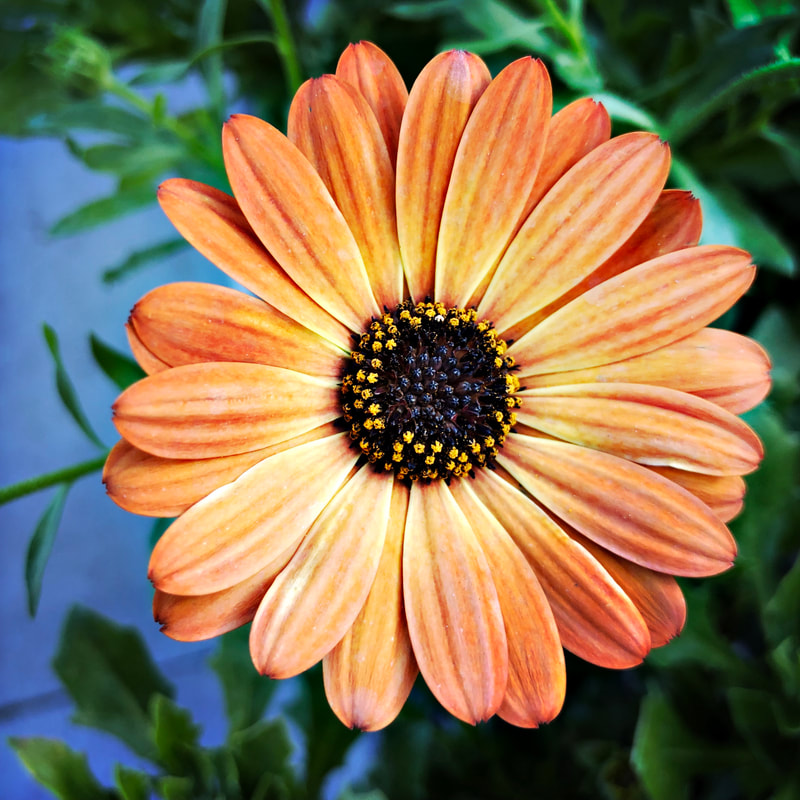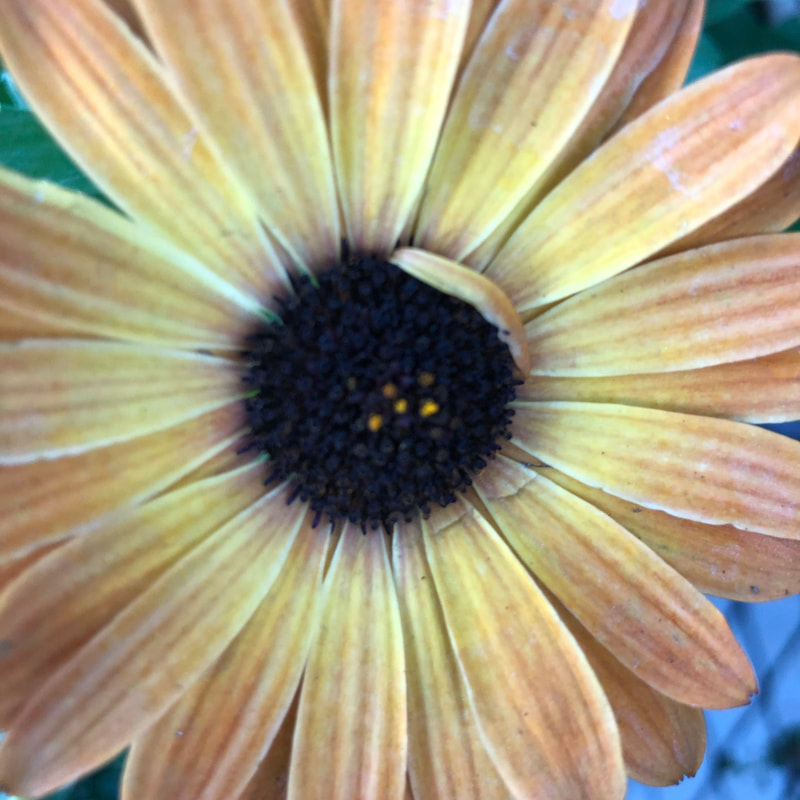Radical Surprise: The Subversive Art of the Uncertain
Barrie Jean Borich
8.2
|
As writers, and as humans, how do we keep thinking about ourselves and our environments in new ways? When I suggest that the art of essaying requires an embrace of surprise I am suggesting that the essay is always, in some way, about change. Seeing our work, and our worlds, from new vantage points is the single most important element of intentional progression, and of writing the essay. Without change the essay disintegrates, like an old building falling away from its foundation. Change itself is no less precarious, but there is a difference between creative change that comes of action and breaking change that comes of neglect. Click here to continue reading.
|
Feeling Seen: Blind Man’s Bluff, Memoir, and the Sighted Reader
George Estreich
8.2
|
Writing about Blind Man’s Bluff, I stumbled through the dark of my own assumptions. Describing the book as insightful or vivid or enlightening, I collided with the very problem the book—should I say illuminates? Reveals? Depicts? It occurred to me only later that this uncertainty may have been the point, that Hill means to unsettle, even as he entertains. To both welcome and challenge the sighted reader.
Because the book is entertaining—moving, funny, and well-written—the challenge is easy to miss. Blind Man’s Bluff does not appear to disturb the conventions of memoir. It is not fragmentary or obviously theoretical. It tells Hill’s story, mostly in first person, mostly in chronological order, beginning with his loss of sight as a teenager. From high school onward, he adapts and denies, evolving elaborate stratagems to conceal his lack of sight. He becomes a writer. He has a series of relationships. These collapse, as does his first marriage; blindness, or rather his denial of blindness, is implicated throughout. In time, though, he begins to question his deceptions. He finds someone who accepts him as he is. The novelist who recoils at the idea of writing about his blindness becomes the author of Blind Man’s Bluff. He owns and claims his disability. A tidy arc. Click here to continue reading. |
When Action is Too Much and Not Enough:
A Study of Mode in Narrative Journalism
Kristina Gaddy
8.2
|
Nonfiction novel and New Journalism aren’t well defined terms (more on that later), which left me wondering what particular craft techniques the reader picks up on to make a distinction between “like a novel” and “like journalism.” But more importantly, I wondered what the result for the reader is—the impact of the book, the perception of real events that transpired—when a writer chooses on style over the other. Karen Babine’s “A Taxonomy of Nonfiction; Or the Pleasures of Precision” provides a framework to compare and contrast the books and answer these questions. She outlines a system of literary classification modeled on Carl Linneaus’s system for organizing how all living things are related. The largest rank (equivalent to a domain or kingdom) is genre, which Babine breaks down into nonfiction, fiction, poetry, and drama. Below that are subgenres (“science, travel, nature, food, historical, etc.”), which are not limited to one of the genres and can overlap. Then comes the form, which is perhaps akin to family in biological taxonomy and exists only within the genre. “Forms have parameters and can be reproduced,” Babine writes, and gives examples of memoir, journalism, essay, flash, etc. People may be tempted to put essay, memoir, or journalism in the genre category, but as Babine points out, we get a much more precise understanding of writing as a craft when these are forms, not genres. So the form of these two books, I believe, is journalism, and in fact not narrative journalism or literary journalism, since those qualifiers demand a mode of writing (i.e. journalism written in a narrative or literary manner). [2] The next taxonomic rank is mode (what I think of as equivalent of genus in Linneaus’s system), or “what creates the energy and momentum of the page.” [3] The author creates a path that the reader travels down through the story itself (narrative mode), language used (lyric mode), or the activity of “the writer’s brain” (assay mode). It is in this rank where I Got a Monster and We Own This City diverge; where one relies on the story to drive the action, the other relies more on the writer’s quest for answers. Click here to continue reading.
|
Solitude Narratives: Towards a Future of the Form
Marya Hornbacher
8.2
|
I defined my terms as such: a narrative of solitude was narrative nonfiction in which the author wrote, in the first or third person, about being alone. Literary works that were religious in nature, which in many cases involved solitary experience (such as meditation, prayer, or retreat), but for which the condition of solitude was either a) not experienced as absolute, due to a theistic framework and the presence, at least textually, of a relationship with a deistic figure, or b) was not a central concern, lay outside the scope of my inquiry. My focus was on the relationship—in some cases oblique, in others almost dialectical—between the narrator and the experience of solitude itself. The authors share an awareness of the fact that they are, to some degree and for some span of time, without human companionship. The absence of others is palpable in these works; the authors are often acutely aware that they must navigate the presence—whether one sees it as condition, character, setting, or state—of solitude itself.
The first part—essays about, from, and on the road—went ok. The second turned out to be harder than it looked. Click here to continue reading. |
Susan Sontag, Lorraine Hansberry, and the Politics of Queer Biography
Margot Kotler
8.2
|
This paper considers recent biographies of two writers—Lorraine Hansberry and Susan Sontag—who were unwilling or unable to come out during their lives and whose stories and identities are therefore not easily assimilable to contemporary narratives of LGBTQ liberation that rely on progress and visibility. While Sontag was notoriously reticent about her sexuality and maintained an aesthetic and political impersonality, Hansberry, although she broke barriers as the first Black woman to write a Broadway play, was constrained by respectability politics, and died before she could see social and cultural norms change. In Imani Perry’s Looking for Lorraine (2018) and Benjamin Moser’s Sontag: Her Life and Work (2019), both biographers reclaim their subjects as lesbian writers. I aim to compare how Moser and Perry navigate the politics of recuperation, as well as the conventions biography, a genre which is perceived in queer theory as particularly susceptible to producing sexuality as a site of truth for queer lives. Ultimately, I ask what biographical methods align with these queer theoretical aims, and how biography, long considered an inferior object of analysis in queer theory, might be recognized as having the same potential for aesthetic and political innovation as autobiography. Click here to continue reading.
|

